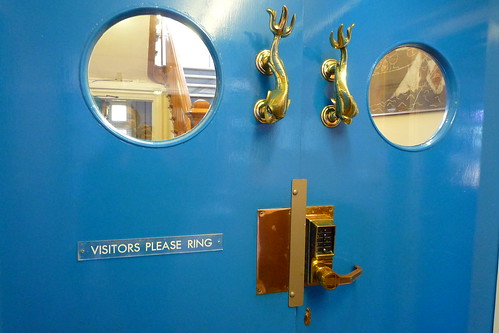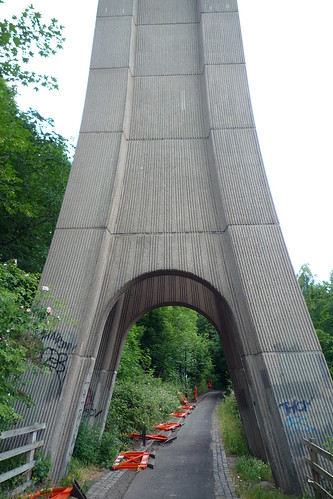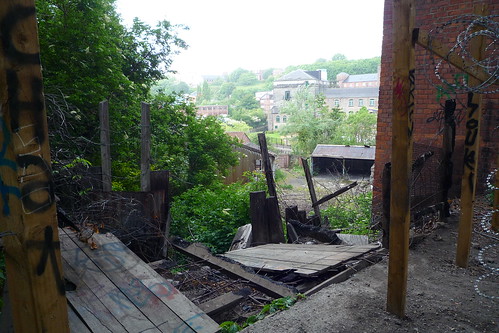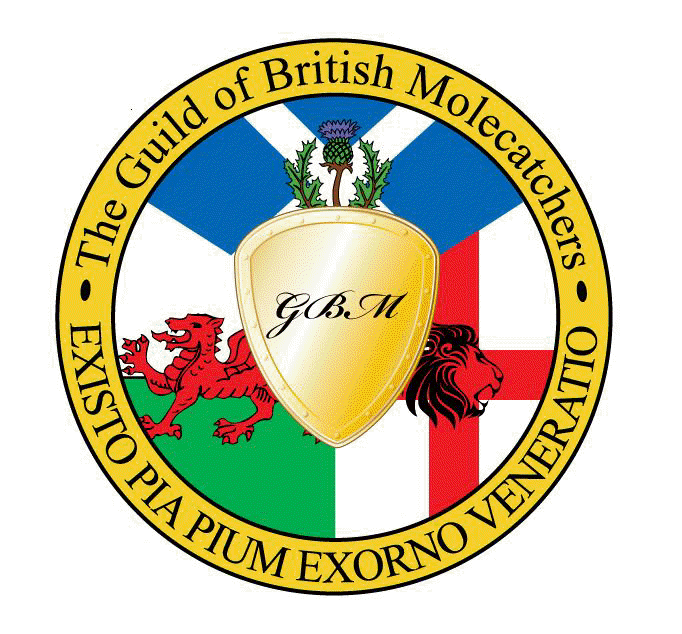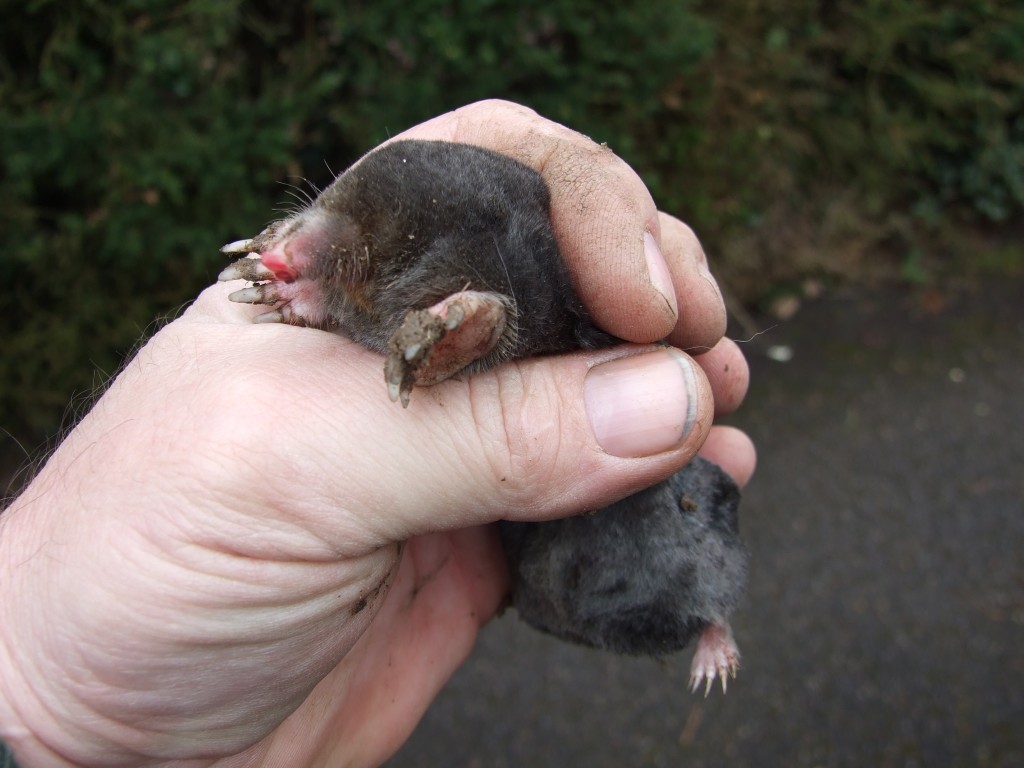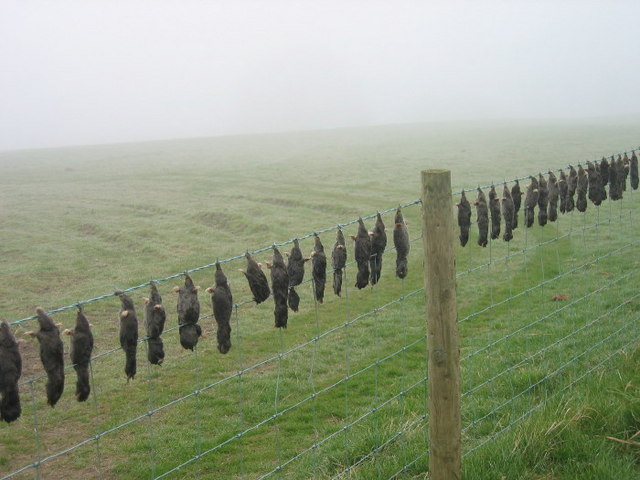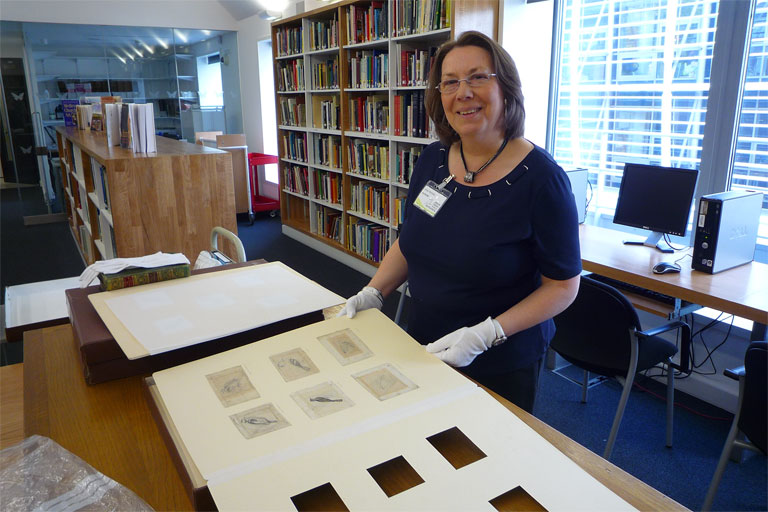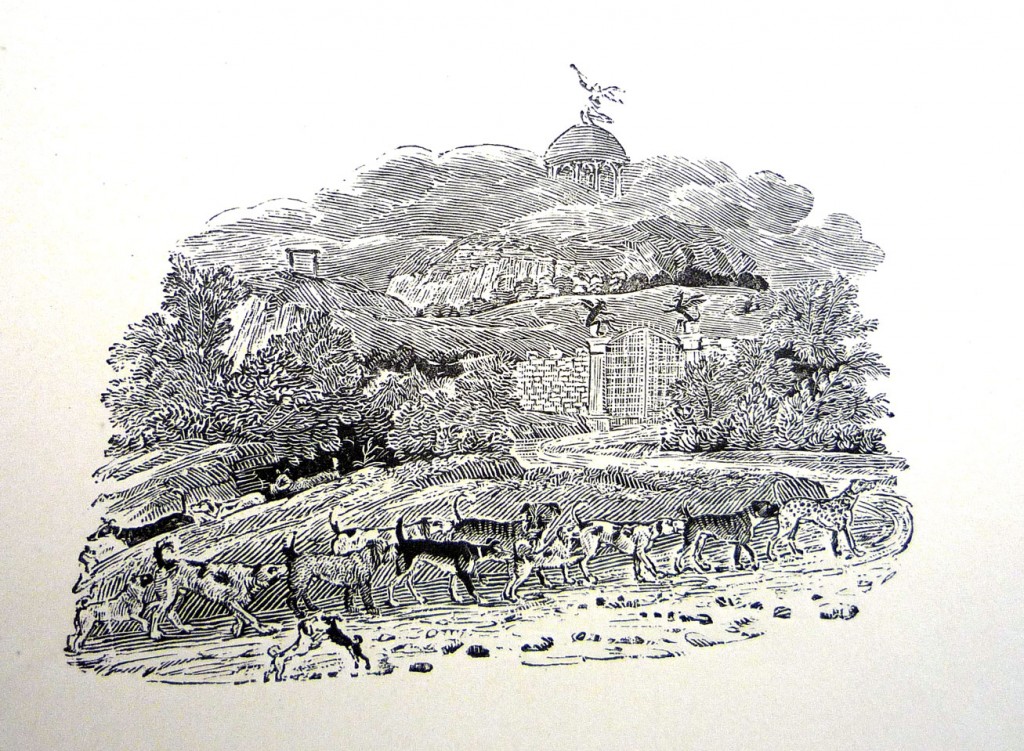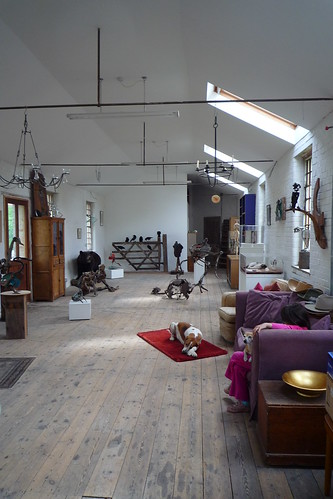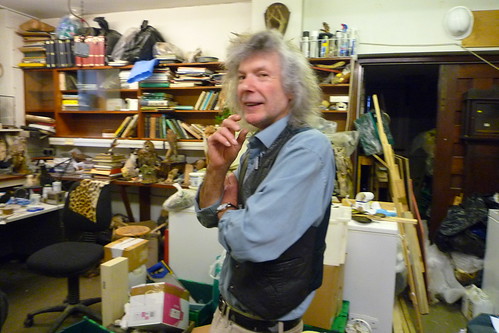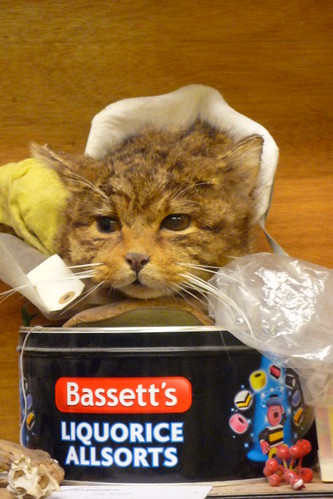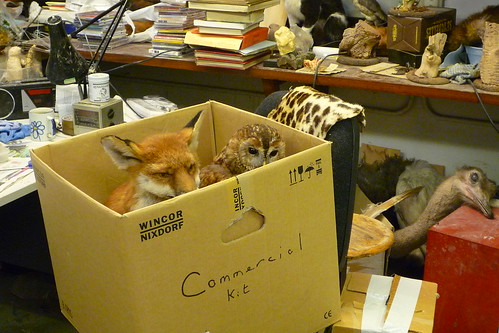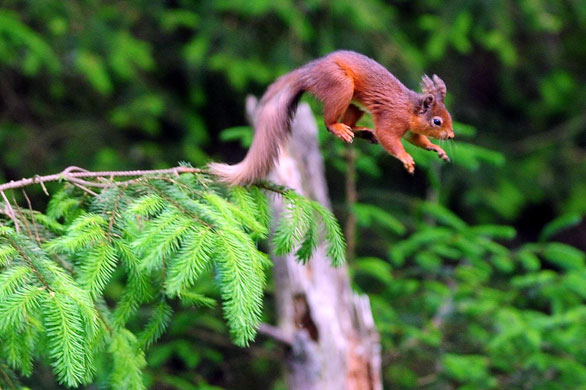I had a tour, some lessons and an intense conversation with Grant Burgess, Director of the DOVE Marine Laboratory in Cullercoats, Northumberland (it’s part of Newcastle University’s Marine Biology Dept).
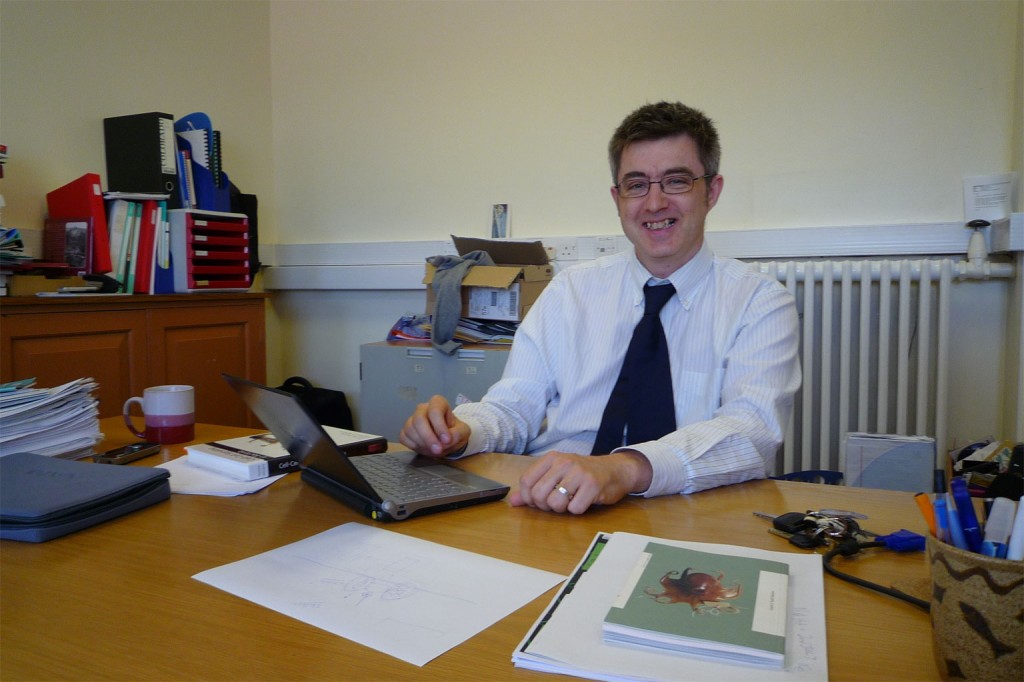
This is one of the few labs that has a steady supply of seawater pumped through the building’s plumbing. It flows through the lab taps!
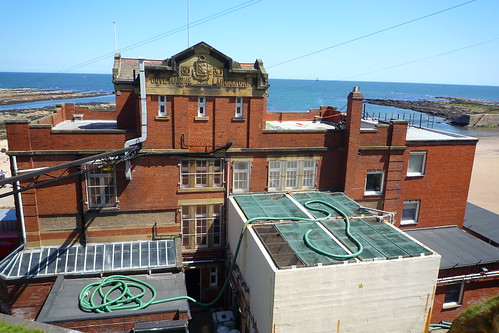
I learned a bit about Anton Dohrn, who built the first Marine Station in Naples in the 1870’s, and actually implemented an art-science interface, by hosting concerts, and art events within the lab… Grant came to my talk at ISIS, and is clearly very open to the interplay of hard science, and the evocations that art can muster, measures to teach and incite…
Grant’s lab foci include: “Novel bioactive compounds from marine bacteria, chemical defense in marine microbes, antifouling compounds from marine bacteria, microbiology at high pressure, sponge microbiology, biofilms, and more recently marine fermentation and bioprocessing.”
In lay terms, he explained that the lab’s working on turning algae/fungus into an OMEGA 6 source, since we no longer have fish as a viable source for the nutrients; and using algae as an energy fuels. The lab also researches the medicinal potential of sea slugs, and ways to zap ballast water of invasive species. Among other things. I got a crash course in quorum sensing– the ways bacteria make language out of molecular signaling, in order to act in concert when a quorum is reached.
The lab’s growing algae on the roof ( even in winter in the limited sunlight) in these cheerful, workaday aquaria:

We took a tour through the remains of the Victorian era public aquarium, where we met a very curious plaice, who came right up to the window, very self-possessed and clearly eager. Am I anthropomorphizing? Is it useful? Can one attribute motivation without human descriptors, and attribute thoughtful agency to non-human animals?
We also had some very speculative conversations on invasive species – the embedded racism and selective designations inherent in the condemnatory term, and how the line is in slippery flux between “introduced” and “invasive.”
I like these hybrid spaces – of thinking, working, making.
